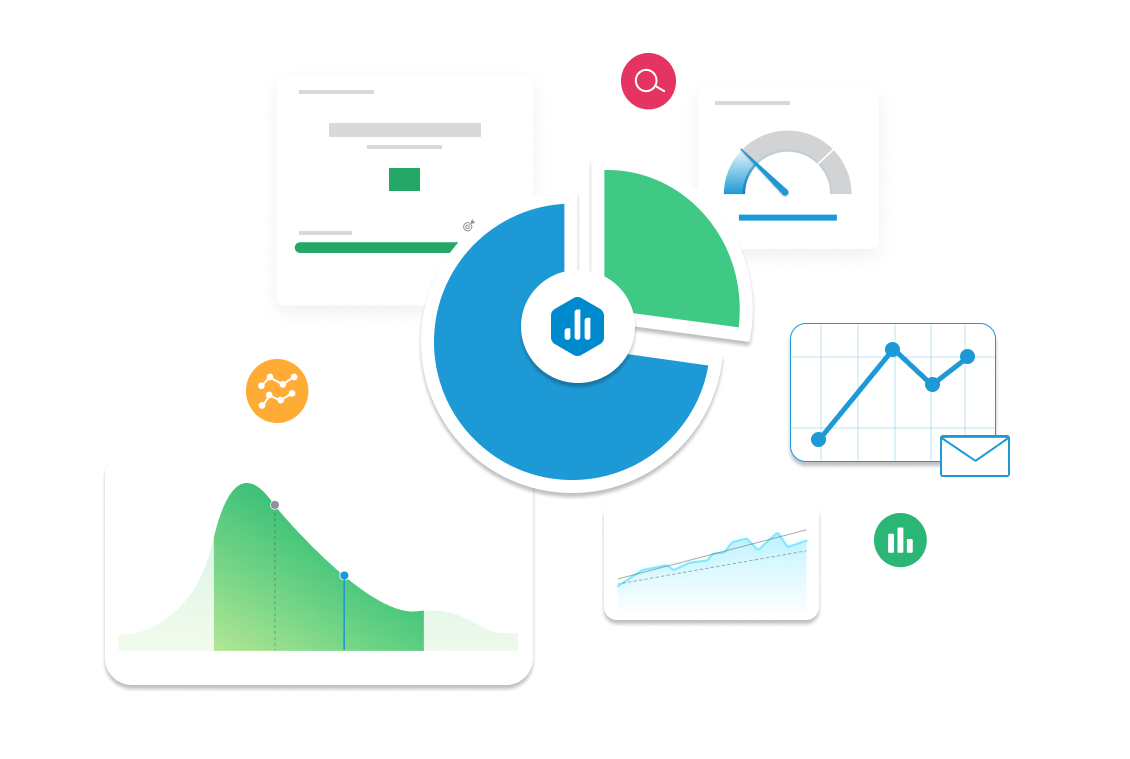Cost per Engagement
Discover how Cost per Engagement helps businesses understand how much they pay for each interaction with their content or ads. Learn how to measure, analyze, and lower CPE to improve campaign performance and budget allocation.

| Category |
Marketing |
|---|---|
| Type |
Leading Indicator |
| Calculation |
|
| Measure |
Tracks the average cost to generate one interaction with an ad or content piece, helping evaluate advertising efficiency and audience responsiveness. |
| Data Sources: |
Google Ads, Facebook Ads Manager, LinkedIn Ads, Twitter/X Ads, TikTok Ads, Pinterest Ads, YouTube Ads, marketing analytics platforms (e.g., Databox, HubSpot). |
| Frequency |
Tracked daily or weekly for active campaigns, and post-campaign for performance analysis. |
Example target
Reduce average CPE by 25% in Q3 by refining audience targeting, A/B testing creatives, and focusing on high-performing platforms.
Example Reports Use Case
A Digital Marketing Specialist monitors CPE across platforms to allocate budget toward the most efficient channels. If CPE spikes on a platform, they might pause underperforming ads or revise targeting criteria.



